The road coming up to the reserve also had many (Eurasian) Magpie, Red-legged Partridge and Cattle Egret.
|
It's something of a shock to realise that my birding guide to Cadiz Province which started off a decade or so as a couple of sheets of A4 now covers 88 sites & sub-sites, is approaching 90,000 words in length and sprawls over more than 280 pages. I decided quite early on to make them as comprehensive as possible even if that meant my knowledge of some sites was shallow, skimpy or, in some cases, almost non-existent. I felt, and still do, that it's better to flag up potential hotspots than omit them. One area I've shamefully neglected has been the Bahia de Cadiz. I've no excuse as the area includes some excellent sites. My hope was that users would fill in any details, correct any lacunae and contribute new information since it's simply not possible for me to check all of the sites on a regular basis (or even at all!). Unfortunately, this hasn't happened and my coverage of far too many sites rests on a handful of visits, many from years ago. Accordingly, I was delighted when keen young Kent birder Nick Brown sent me some first-rate (and detailed) feedback on Salinas de la Tapa, a rarity hotspot with an enviable record of turning up unusual birds. It's an area, I confess, that I've only visited twice so his feedback was particularly welcome. In this guest blog, Nick has provided a map of his route (which I've slightly amended for clarity) and a very useful digest of what he saw there earlier this summer. Naturally, I'm very grateful to Nick for his input. Thank you! I decided to visit Salina la Tapa by bike as it was quite a distance from our apartment and the reserve itself is massive. Sadly, this meant that I couldn’t carry the scope which didn’t hinder me too much but probably meant that I missed a few birds. One huge advantage of having a bike was that it allowed me to evade the breeding Yellow-legged Gull population, which I’ll address later. I entered the reserve behind ‘Club Guadalete’, the entrance being very inconspicuous and easy to miss. As previously mentioned, the Yellow-legged Gull colony was immediately apparent. I visited during the breeding season and I was therefore constantly mobbed from the entrance all the way to point ‘d’. This made viewing the salinas for prolonged periods of time a nightmare, and I was often forced to cycle past promising areas. I would imagine that viewing the Salinas at a different time of year would not have this problem. At point ‘a’, Slender-billed Gulls were easy to find and I had one swimming very close to the path in the salina. Common birds included Flamingo, Black-winged Stilt, Kentish Plover, Little Tern and Yellow Wagtail. Point ‘b’ was visible from the path across a creek and seemed to be prefect habitat for larks, however, the fact that I lacked a scope as well as the position of the sun meant that I couldn’t positively ID any larks other than the distinctive Crested Larks (but other species were certainly present). It was around here that I somehow took a wrong turn and went towards point ‘c’ rather than the river. Luckily (and annoyingly) this stretch was the best for gulls, I found Mediterranean, Black headed, Slender-billed, Lesser black-backed and, of course, Yellow-legged Gull. This also meant that this stretch was the worst for mobbing, and the gulls would often aim their excrement at me while I was cycling. This meant that I got far less time to scan for other gulls and terns than I had hoped for and there could certainly have been rarer Larids present. At point ‘d’ I came across a pumping station and this marked the start of the industrial half of the reserve. Interestingly, the pink water in the Salinas dyed all gulls completely pink and the Flamingos here were even pinker than usual. Soon, I came to an abandoned warehouse (e) which surprisingly had a colony (c.3 pairs) of Lesser Kestrel. The fact that the kestrels were dyed pink made initial ID a nightmare as they refused to show their backs to me and it made the rufous on the males’ chest far less obvious. It was at this point that I realised I had made a wrong turn a while ago and I found a way out of the salt works at point ‘f’ which re-joined the cycle path which was guarded by a locked gate. From points ‘f’ to ‘g’, the habitat was perfect for waders but I found very few species, probably due to the time of year. However, a visit in spring or autumn would probably turn up many species. All I managed to find were Common Sandpipers, Avocet, Redshank and a large roost of Black-tailed godwits (as well as the ubiquitous Kentish Plover and Black-winged Stilt). More Slender-billed Gulls and Shelduck were also present. Overall, the reserve seemed like it would be great for larids and waders in the right season, and with the help of a scope, point ‘b’ looks good for both species of short-toed lark. The road coming up to the reserve also had many (Eurasian) Magpie, Red-legged Partridge and Cattle Egret. Thanks once again to Nick for his excellent and informative commentary. If anyone would like to follow Nick in providing a Guest Blog here then please contact me via this website or (if you have it) by email. Note that as Rafael Garcia has confirmed (see below) Nick unfortunately wandered off the official route. Access to the Sendero Salina de la Tapa is restricted to 10.00 – 19.00 and the route details can be checked in the ‘300 Senderos de la Provincia de Cadiz’ booklet (see Walk 150 in http://issuu.com/cadizturismo/docs/300senderoscadiz). As always I recommend checking locally for details regarding access.
2 Comments
La Janda The track across La Janda having been repaired some years ago is again in a rather parlous state needing careful, circumspect and temperate driving to negotiate safely. In early April the track just beyond the weir and the bridge (as you head up towards the finca) was badly flooded. As a consequence drivers were driving around it and along the side of the bank despite the novel track so created being canted at an alarming angle. Such caution was confirmed by the end of the month when the puddle was almost dry apart from the deep cobble-edged sump-wrecking puddle the nature od which had previously been invisible (see photos - note that my photos fail to show just how steeply angled the track round the puddle is). Happily, the track to the A 2226 Benalup - Los Barrios road (itself being widened and resurfaced) has now been resurfaced and is no longer the pot-holed nightmare of previous years. Disappointingly, there were no signs indicating whether road into the Las Lomas estate was now open to pedestrians. that had been previously closed to all were now open to pedestrians. However, an ancient sign facing this disputed track perhaps suggests it was once open to general traffic ... El Celemin It was previously possible to access the Embalse de Celemin from an old ‘area recreativa’ but this site is now an activities/adventure centre (‘Wakana’) which you now have to pay to enter. What is presumably a direct replacement for this facility has been built at the far end of the embalse (see photos) but as yet I’ve not had an opportunity to explore it. I did manage to check the nearby bridge over the Rio Celemin found good for Grey Wagtail and Red-rumped Swallow. Punta Camorro It’s always seemed a bone of contention for me that, unlike UK bird observatories, the Migres study centre at Punta Camorro has never seemed very ‘visitor friendly’ and that the organisation was less proactive in circulating news of engaging with visitors than its UK equivalents. I’m happy to report that my prejudices were undermined on my visit there in April as the new 'Observatorio del Estrecho' was open and signposted. Housed in the long low building overlooking the Straits it now has a small shop selling T-shirts and sundry items and, better still, an excellent exhibition (in Spanish and English) explaining about both bird migration across the Straits and the project to introduce Osprey to the region. The exhibition is certainly worth a look and supporting their organisation by buying something in the shop is a no-brainer. Laguna de Jelli The path from the A 390 Medina - Chiclana to the Laguna de Jelli is now easier to find thanks to the construction of small parking area, a fence and an information board. The laguna is c2.5 km from the road (and another c2.5 km back again). However, the 5 km track from the edge of Chiclana (see my guide) is in reasonable condition, has better views across the campo, in May-June remains a good bet for Rufous Bushchat and halves the walk to the laguna. This end of the path also has new fencing and a new sign. A few hundred metres along the path there’s a view point (Puerta Verde de Chiclana) and another information board but it’s too distant to obtain good views of the water which is kilometre or so further down to the path. Checking the nearby Laguna de Montellano (a short walk from the path to Jeli) I again found that views were poor and screened by bushes. Scoping the shrinking pool I found it only held several Black-winged Stilts and, briefly, a drinking Booted Eagle. A Roller in the hedgerow here, however, a a bonus. Closer to Chiclana I also checked the Laguna de Paja which can be excellent but this spring it was bone dry. Laguna de los Tollos.
This year the laguna was almost completely dry with only the far corner (to the left in the photo below) being wet. The grassy sward in front of the hide did attract a number of Spanish Yellow Wagtails and provided a resting place for the Collared Pratincole which were hawking over the area.  Photo 1 - the entrance to the Molinos Valley from Alcala Photo 1 - the entrance to the Molinos Valley from Alcala The walk along the Molinos valley may never feature in anyone's 'top ten' birding sites in Cadiz Province let alone Andalucia but it remains a firm favourite with both myself and my visitors. It offers a good chance of seeing the birds of the Alcornocales without a tedious drive along tortuously twisting roads and the scenery is great. The suddeness with which you leave a busy pueblo and find yourself in what feels like a remote and timeless 'secret' valley is remarkable. For me at least it also has a strangely haunting atmosphere honed by the knowledge that this route has almost certainly been used by mankind for millenia with, particularly in its higher reaches, relatively few changes to the landscape. Not only is it within easy striking distance from my base in Alcala de los Gazules it's also one of the few sites in the area that you can feasibly reach by public transport. Admittedly, it's a 6 km walk from the bus stop in Alcala to the start of the sendero but after only c1 km you'll find yourself in a pleasant valley with plenty of birds to distract you. It helps too that there's a venta at the end of the road (Patriste). This year, though, the walk got even better ....  Photo 2 - Black-eared Wheatear at (b) Photo 2 - Black-eared Wheatear at (b) As you take the minor road (signposted 'Camping Gazules) out of Alcala de los Gazules into the Molinos valley you pass an area of thick claggy clay steeply cut through by a small stream (a). This is good spot to pause to look for Black-eared Wheatear, an increasingly scrace bird in Andalucia. I was pleased to find that a pair were still present in April 2019. The road then drops down into a broad valley (b) surrounded by mountains and the two streams (Arroyo de Patrite & Rio del Montero) that form the valley run east-west, they join together roughly at the mid-point of the lowlands to form the Rio Rocinejo which then cuts south through a narrow wooded valley (unfortunately this is does not seem to be accessible). Check the stream as it passes under the road (just before 'Camping Gazules') as it often attracts small birds usually no more that Goldfinch, Chaffinch & Serin but in late autumn sometimes the odd Siskin too. Woodchat Shrike pass through on migration (although breeding birds seem scarcer in recent years) and Iberian Grey Shrike turn up on passage and during the winter. The whole valley is a good place to scan for Griffon Vultures and other raptors. Just after passing 'Camping Gazules' and then a small venta (both on yout right) the road becomes badly degraded and must be driven with care. After about 300m at the end of the track you reach the footpath (Ruta de los Molinos). Once again this is a good place (c) to see Serin and also seems to hold migrants such as Common Redstart and Whinchat. It's here too that I've had my only record of Rock Sparrow in the area. Crested Lark is common along the length of the valley but I have seen Thekla's Lark at this point several times (although Crested is far commoner). Passing through the gate you soon reach an area of scrub where every other bird seems to be a Blackcap. The rocky prominence here (d) no longer seems to hold Blue Rockthrush as regularly as it once did but is still worth checking. Where the dense scrub gives way to open lightly wooded pastures is always a good spot to check for Cirl Bunting (although they can be seen near the gate). The path climbs gradually upwards into more wild olive scrub. On the knife-sharp crags to the right resting Griffon Vultures, often with wings apart after wet weather, sit waiting for thermals to form or resting after gorging themselves. As you reach a more open area with good views back down the valley it might seem that you've reached the end of the sendero as the path suddenly narrows and heads for what seems like a solid blank wall of rock (albeit one where Blue Rockthrush may distract you). Booted & Short-toed Eagles, Griffon and Egyptian Vultures, Honey Buzzards, Black Kites and even sometimes Osprey can pass over at any point along this route. Bonelli's Eagle are possible too and this April for the first time I had Spanish Imperial Eagle (juv.) here.  Photo 4 - the narrow cleft between strata Photo 4 - the narrow cleft between strata As you follow the narrowing path, shrouded by trees, the sheer rock wall before you seems to confirm that you've reached a dead-end. It's not until you stand right before the rockface that you realise that the path continues to your left as a steep rocky scramble. So steep is it that it's more secure, particularly after rain, to use your hands and feet rather than walk upright. At the top of the scramble the path turns sharp right to pass through the narrowest of defiles, a cleft contained by two rock walls of ancient strata that has been upended by collossal geological forces (f). A vast flat-bottomed rock is perched perilously at the end of this cleft. It's hard not to imagine our forefathers of many generations past taking the same route and, if caught by a sudden storm, shelting beneath the same jutting rock ceiling that I've used on occasion. I wonder too whether they paused to watch the Crag Martins that often pass at eye-level here. As you drop down once more it feels like you've entered a secret valley within a secret valley. If you've not had them already this is a good spot to look and listen for Firecrest (if your ears are still up to it!) and the happy lilt of Iberian Chiffchaff. Look closely at the Long-tailed Tits as they belong the the Spanish race 'irbyi' - named after a pioneering British ornthologist of the Straits. Cast an eye over the rocky pinnacles here too as I've once had an out-of-range Ibex here. After an undulation or two the path reaches the ruins of an old mill where the official sendero (footpath) reaches its official terminus. However, you can slip through the gate here, cross the Rio del Montero (unless it's in spate) and up the slope beyond (h). In theory, you can walk from here up the slope to the 'camino forestal' (look for the crash barriers that mark the track) which is now a cycle route. Since I first walked up to this ruin I've been intrigued by a sign that read 'Vereda de Patriste y Jimena'. A 'Vereda' is the smallest of the official designations of a droveway and Jimena it the nearest pueblo on the far side of the Alcornocales. At 31 km the route is shorter than the distance by car (51 km) which explains why the road from Alcala to Patrite was originally intended to push all the way through to Jimena. Years back I tried to follow the path that snakes off through dense undergrowth a couple of times but found my way blocked by thick scrub. Now it might be that it was me that was thick rather than the scrub as when on an impulse I tried again this April, I found a narrow but well worn path continuing upwards. (In fairness to myself I've also been told that this route had been badly overgrown but was recently cleared). I only managed to walk another 400 m or so but that was enough to take me into more interesting cork oak woodland, discover a cyclopean rock surrounded by a shallow pool (i) and find still better vistas of the surrounding hills. The path up to this point offered a tremendous panorama of the surrounding hills and would be a superb spot for scanning for raptors. A little further on the pool and gargantuan boulders made an ideal picnic spot. Even in my brief visit it was clear that the woodland is better for Bonelli's Warbler than the more open and bushy areas up to that point. I didn't have the time to explore several paths that beg to be explored disappeared into the woodland. To my annoyance once back in the UK I discovered (via GoogleEarth) that an attractive waterfall - Cascade del Espina (j) - was only another 250m further up the slope from the pool and behind it an interesting looking narrow gorge, the Garganta del Espina. Exploring further and, in particular, finding the waterfall is something for my next visit in spring (by summer the stream will be too dry rendering the waterfall at worst dry and at best anti-climatic). Those younger, fitter and better at map reading tham myself might like to try walking the 'vereda' to Jimena. Although 31 km might not seem too much of a challenge to keen hikers as you have to cut at right angles across the corregations of the mountain range the route is a lot tougher than you might imagine. Some sections apparently are paved with ancient stones and signposted but other parts seem obscure and without experience it would be easy to get lost. If you do attempt it, then I recommend looking at this website https://www.rutasyfotos.com/2016/03/patrite-jimena-por-la-ruta-de-los-quintos.html which gives a good idea of the state of the path and the difficulties in navigating it. Despite being experienced hikers, the walkers who set out from Jimena in the morning, got to this final section so late that night had fallen.
Driving along the banks of the Guadalquivir (and nearby) between Bonanza and Trebujena is one of those things I feel compelled to do every time I visit Cadiz province. The reason is simple – it offers some of the best and most varied birding in the area. This April I visited the area twice, first on 5th April and again just over three weeks later on 27th April (NB – I apologise for being a bit vague about exact numbers as I’ve mislaid my notebook but will add details if and when I find it). 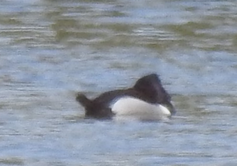 Photo 2 - A distantly digiscoped Ring-necked Duck Photo 2 - A distantly digiscoped Ring-necked Duck As often as not I start off at “Lagunas de Martin Miguel” (see https://ebird.org/hotspot/L4788573) which is a somewhat misleading name for what are no more than a couple of unpromising looking plastic lined agricultural reservoirs. Yet such is their position near the river that they are often worth a stop (a). Despite their visual unattractiveness (Photo 1) they may hold birds like Little Gull, Whiskered Tern and frequently White-headed Duck, a much sought after species. They also attract Collared Pratincole which sometimes nest nearby. This spring a bonus bird here on my second visit was a male Ring-necked Duck (Photo 2) more of which anon. From “Martin Miguel” I cut through on a farm track (b) to what I refer to as ‘Bonanza Pools’ but are more formally known as the Lagunas de Camino Colorado (see https://ebird.org/hotspot/L6472187). This year the track seemed a bit bumpier than usual and in need of some repair so this may not be a convenient shortcut for too much longer. As always, Bonanza Pools (c) came up trumps for good close range views of White-headed Duck. Red-crested Pochard and Purple Swamphen were also present although I was disappointed not to see Little Bittern on either visit as this has often been a good site to catch up with what can be an elusive species.  Photo 4 - A digiscoped Red-necked Phalarope Photo 4 - A digiscoped Red-necked Phalarope Bonanza salinas (d) was the next stop. As expected the site held good numbers of Curlew Sandpiper (far more frequent here than in the UK in spring) plus all the usual waders (Kentish Plover, Redshank, etc.), Flamingo and Slender-billed Gull. On the second visit on the 27th found twice as many Curlew Sandpipers (300+) reminding me of how quickly numbers can change during migration periods. However, the star of the show on the later visit was a small flock of eight Red-necked Phalarope (e). My poor digiscoped photo of one of the males (Photo 4) doesn't do the species justice This site is arguably the best in Spain for this attractive species. I confess that before this visit I’d forgotten just how good the track running parallel to the river (f) here was for two of the area’s most sought after species – Lesser Short-toed Lark and Spectacled Warbler both of which showed well on my two visits. I have driven this track in the past but it is best to walk unless in a 4x4. Take the track towards the distant tamarisks (c1 km) and search the low saline scrub en route for the target species. On my first visit here I missed the best bird – an Azure-winged Magpie – which was in very atypical habitat, the open tamarisk scrub by the river (Photo 3). It’s hard to resist the idea that it had just flown over from the pine woods across the river where it’s far more frequent. As always, the next stop on both visits was Laguna de Tarelo (g) which is set amongst the pines of Algaida which had the expected Spoonbill and other herons (particularly Night Heron) plus White-headed Duck and all the usual web-footed suspects. On 5th April my companion Ray O’Reilly, picked up a Ring-necked Duck here which caused great excitement until we discovered that it’d been around for a week or more. It was this bird that I later refound at “Lagunas de Martin Miguel” . It’s worth noting that our best views of this bird were not from the screen but the side track along the edge of the laguna. Birding from here, it seems, presented no problem as far as the locals – avian or agricultural - were concerned. The drive through the pines was uneventful although the track (h) is gradually becoming more degraded so needs to be tackled carefully. Once beyond the pines, I usually drive back along the river (i) towards Bonanza for a couple of km but, having already seen the two target birds for this route (i.e. the lark & warbler) I omitted this route on my first visit and only had a cursory look on my second. As always it proved a good area for Spanish Yellow Wagtail. I neglected this area on my first visit as I was also keen to head to Codo de la Esparraguera as the sedgy shallow pools (j) here have always been a very reliable site for Marbled Duck (see Photos 5 & 6 from 2011). To my huge disappointment I found that this area had been grubbed out and the habitat completely ruined (see Photo 6 dated 2019). An equally horrified Spanish birder (who I met just along the road) told me that the area had previously been home to the largest single breeding population of this very scarce duck in Spain. Yet it has been entirely wrecked. The only chink of light is that in 2014 it was also damaged (see Photo 6) although not so severely and nature managed to re-asserted itself surprisingly quickly. The large pool (k) further along the road was also dry and a shadow of its former self (see Photo 7) as, in the past, it has been full of Flamingos, Spoonbills, Red-crested Pochard, waders, etc (see photo 8), not to mention a family of Marbled Duck. Only the final large pool held any birds (a few Black-winged Stilt, half-a-dozen Flamingos and a few Red-crested Pochard) - well down in numbers over previous visits. Viewing here was made difficult by raised earthen banks (see Photo 9). This was the single most disturbing discovery of my spring visit in 2019. Hopefully, this is a temporary setback and the area will again be flooded in the near future. It remains to be seen how far the work to restore the marismas just beyond (k) will improve the area for birds but it’s gratifying to hear of two records this spring of flocks of Pin-tailed Sandgrouse – the first I’ve heard of for several years – nearby. I’ve detailed the developments at (l) in my previous blog (Three Cheers for Trebujena) and commented on how slippery the paths there are after heavy rain. It should also be noted that the track (m) is similarly treacherous after rain and should then not be attempted in anything other than a 4x4 (and then only very carefully). Using your car asa hide the ditch here is usually good for getting photographs of Gull-billed Tern and various herons. As noted in my guide the end of this track can sometimes (but not often!) be very good for herons and waders when flooded but probably isn’t worth the drive otherwise. For details of (n) I once again refer the reader to my previous blog (Three Cheers for Trebujena)
It may be only a slight exaggeration to say that the average UK bird reserve has more hides/screens/viewing platforms than there are in the whole of Cadiz Province. Despite a fantastic avian heritage and a slowly growing ornithological tourist industry such facilities are few and far between. At the Lagunas de Puerto de Santa Maria, for example, it’s impossible to obtain a good view across the principal laguna from publicly accessible areas. There is a path that leads to a beaten area of earth at the edge of the reeds overlooking the water which calls out for a simple screen but for whatever reason (fear of vandalism, inertia or lack of interest or finance perhaps) one has not been provided. At Lagunas de Espera there is a hide but its poorly placed and the view largely obscured by trees (a little judicious ‘gardening’ here does not seem to have occurred to anyone in my ten years of visiting the site). Even where new facilities have appeared (e.g. Marismas de Cetina) little effort seems to have been made to reach out to birding tourists without Spanish. The above complaints are, of course, probably somewhat unreasonable and unfair since being a non-Spanish speaker myself I am blissfully unaware of the political and financial regime under which the relevant authorities are obliged to operate. Yet it’s equally true that some authorities seem more open to actively addressing the issues than others. At El Cuervo the work at Laguna de los Tollos, largely by enthusiastic volunteers, is an example of what can be done (even if the site was very dry this year). Another stand-out local authority in this matter is Trebujena where work is at hand to restore a section of marismas and, significantly, provide an infrastructure for visitors (see photos). The signs on site suggest that the authorities here have been very good at obtaining grants and sponsorship to carry out the work. A quick search on the internet revealed photos of local children being involved in rasing environmental awareness which can only bode well for the future. On my visit in April only a viewing platform had been completed but noticeboards indicated that plans were afoot to provide hides and a shallow laguna. It’s not (yet) perfect as the path to the platform (and subsequently the hides) is across a claggy clay substrata which, when wet, makes progress across the site difficult and access up the ramp to the platform almost impossible. This shouldn’t distract from the importance of this project. The platform allows a good view across the marismas (look for Spectacled Warbler & Lesser Short-toed Lark in the low scrub, Pratincoles, raptors and, if you’re very lucky, Pin-tailed Sandgrouse in the sky). It’ll be a great spot to sit whilst watching for such birds in the shade provided by its roof. When the pools shown on the hoardings are excavated then waders, ducks & herons may well be attracted to them. There's even a pleasant venta nearby, Taberna Manegodor, which also has a view over pools that often attract herons, ducks and waders. The new facilities alone should alone be sufficient recommendation to visit Trebujena but the area has another, perhaps even greater lure for the visiting birder and one which, once again, the local authorities seem to take great pride – Rufous Bushchat (or Rufous Bush Robin) Although I’ve long been aware that the species is found in the area (although I’ve yet to see one there) it wasn’t until recently that I became aware that it may well be the most significant stronghold for the species in Andalucia (and perhaps the whole of Iberia). I’m in good company though as I don’t think many other birders realised it either! On my return from Spain in May I read online that it has the highest density of breeding Rufous Bushchat in Andalucia apparently substantiated by a recent count of 130 breeding males in 300 hectares of vineyards (irritatingly I forgot to make a note of the web address for the source of these details). Although the official Spanish name for this species is Alzacola rojizo it is so well known locally that farmers of Trebujena use a traditional alternative name for the species, Caberrubia. So proud are they in their pueblo’s role in preserving this iconic species that a local organisation, the Collectivo Alzacola de Trebujena, has been set up to census the species, organise awareness campaigns and generally protect the bird and its environment by engaging with the local population (see the poster below). To this end they a plan to help preserve the traditional cultivation of vines, almonds, olive trees and small orchards which provide a home for this emblematic and remarkable species (see https://www.lavozdelsur.es/el-alzacola-un-ave-bioindicador-de-nuestras-vinas/ and https://www.facebook.com/colectivoalzacola/).  Hopefully, visiting birders will not only use and appreciate the new facilities provided (as noted in my second paragraph) but will also be tempted to stop off in Trebujena for a coffee or lunch break. I don’t know the place as well as I should but it’s a pleasant, friendly and typically Spanish pueblo blanco which, if you’re so inclined would make a good base for exploring the areas along the Guadalquivir. It's not co-incidental that birding expert Juan Martín Bermúdez runs a birders' guest house - El Martinete Guest House (see http://www.martinete.eu) - nearby as his expertise, drive and enthusiasm has helped to direct & galvanise these local initiatives. If stopping for a snack, instead of leaving your binoculars in the car have them with you so the locals are aware of why you’re there so that they realise that their community’s efforts are appreciated. But if you do search for this superb bird please treat it and its environment with respect. A single thoughtless act could undermine the conservation efforts of many. Park sensibly, don’t use playback and keep to public paths and tracks. If your Spanish is up to it tell any locals why you’re there. They may be proud enough of their special bird to tip you off as to the best place to look. And if you happen to be there when the next Alzacola rojizo walk is organised then why not join in, I’m sure you’d be very welcome.  Trebujena may be a small town but it's one that is clearly leading the way in raising awareness in its local population as well as providing facilities for birdwatching (local & visitor alike). It deserves all the plaudits that may come its way for such forward looking initiatives. I earnestly hope that larger administrations like Jerez de la Frontera will take note and develop the Mesas de Asta marshes (which has huge potential) or Puerto de la Santa Maria will do more to make their natural heritage accessible. It's certainly encouraging that nearby Puerto Real now regards birding tourism sufficiently importat to feature it (with suggestions of where to visit) on their tourism site (see http://turismo.puertoreal.es/). Things may not be moving as rapidly as I'd like but there seem to be an increasing number of promising straws in the wind ... |
About me ...Hi I'm John Cantelo. I've been birding seriously since the 1960s when I met up with some like minded folks (all of us are still birding!) at Taunton's School in Southampton. I have lived in Kent , where I taught History and Sociology, since the late 1970s. In that time I've served on the committees of both my local RSPB group and the county ornithological society (KOS). I have also worked as a part-time field teacher for the RSPB at Dungeness. Having retired I now spend as much time as possible in Alcala de los Gazules in SW Spain. When I'm not birding I edit books for the Crossbill Guides series. CategoriesArchives
May 2023
|
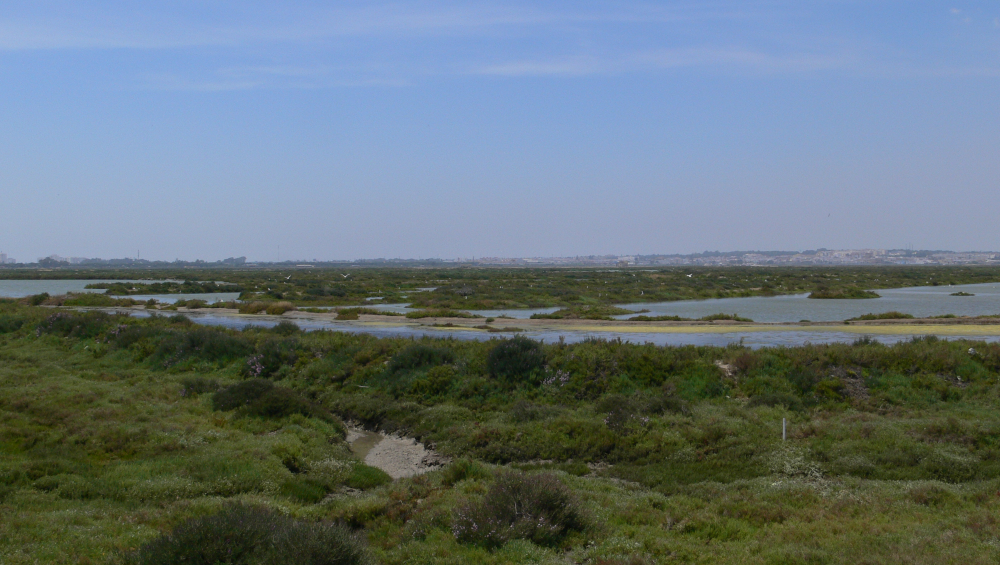
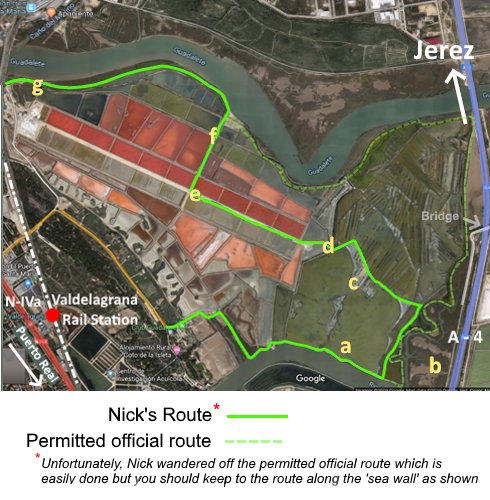






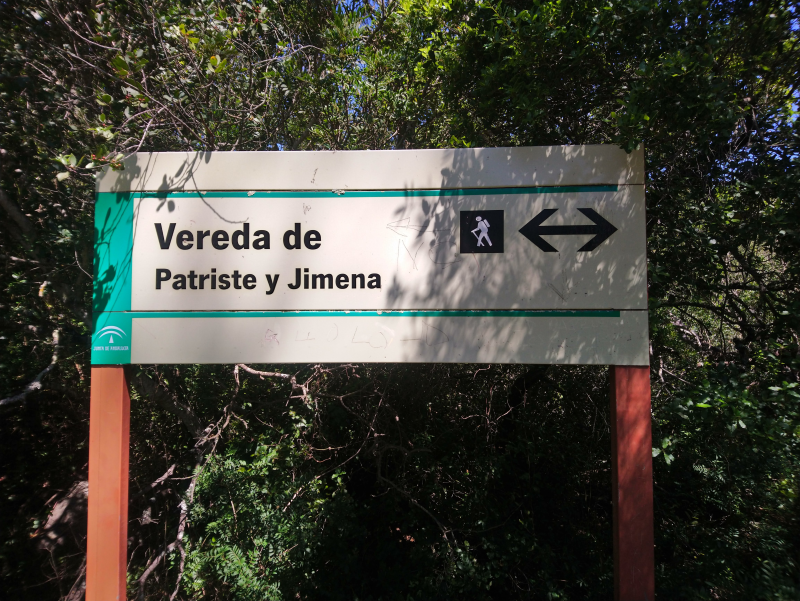

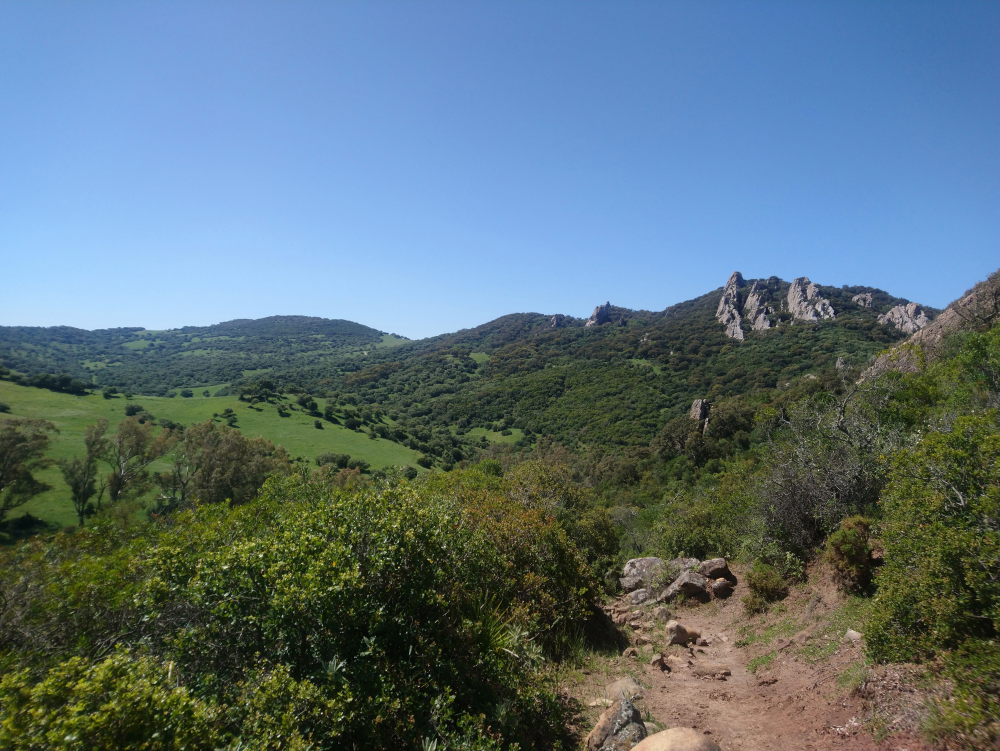


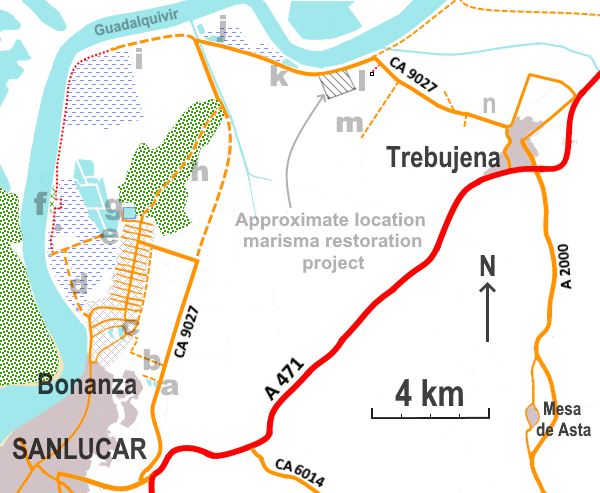

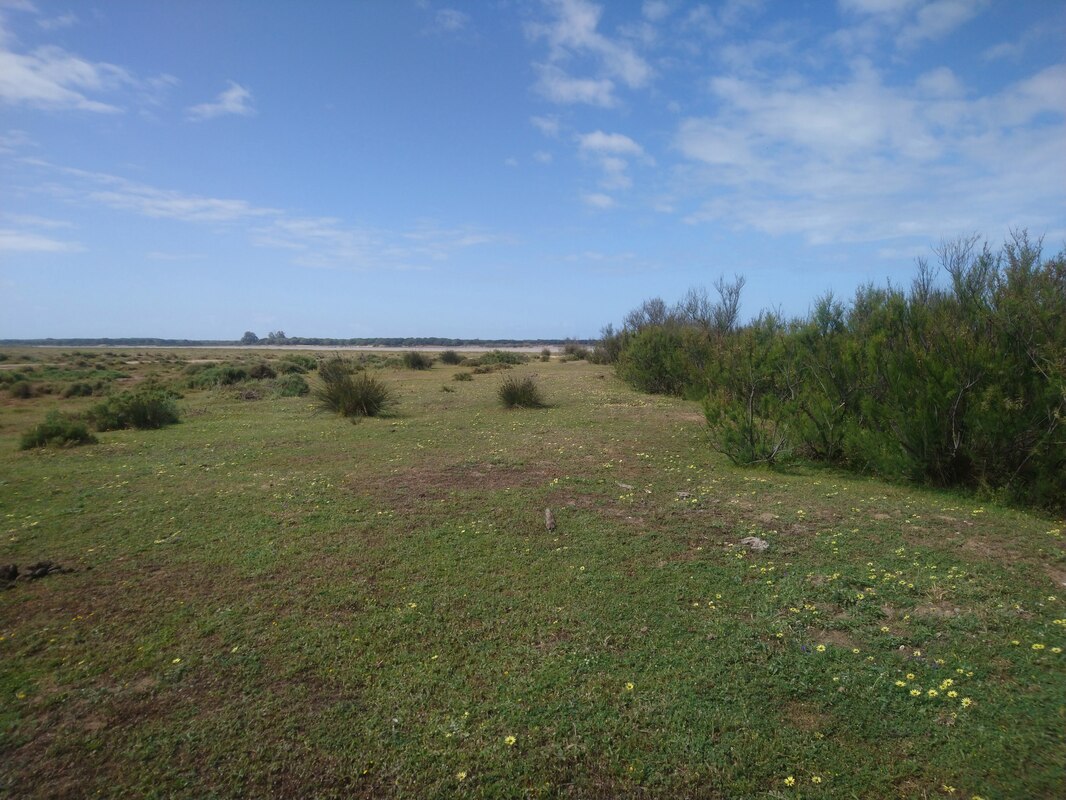









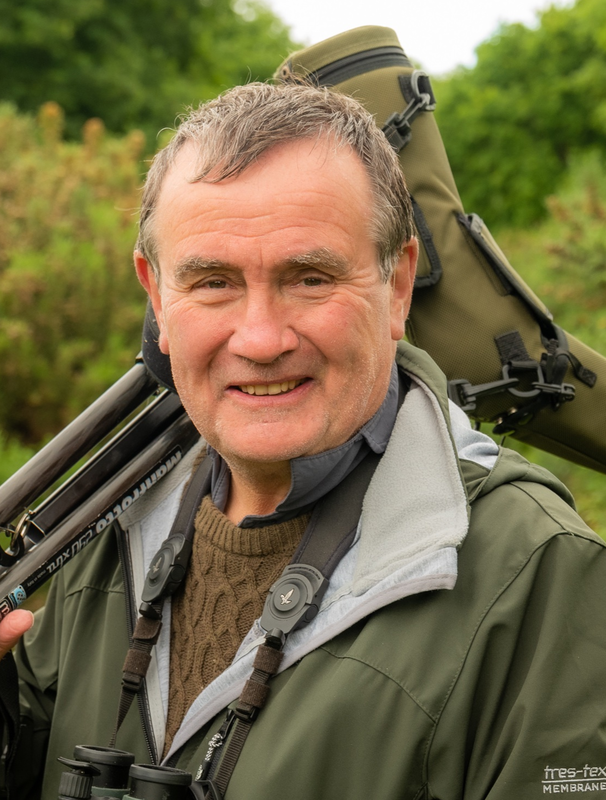
 RSS Feed
RSS Feed
